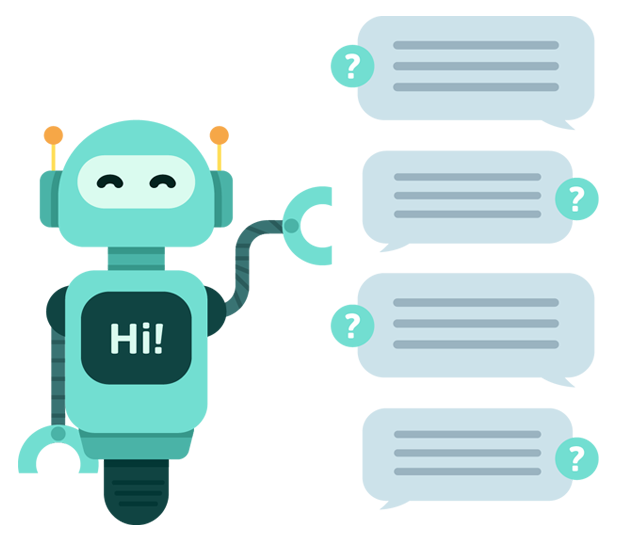7 steps to becoming a well-prepared buyer of HR technology
HR or Human Resource technology has been on the rise for over a decade now. The multiple levels of accessibility that these tech-laden software provide you with effective management of the entire workforce in a matter of clicks. As per reports by HR markets, HR technologies have indicated an increase of 9.4% over their size and use in different companies, when compared to the results of 2017. Moreover, companies that have already adapted to some of the latest HR technologies have witnessed a 22% reduction in cost, per employee.
If you look at buying an HR technology to help you with the ease of operations, you should always look at it as an investment rather than an expense. Considering the plethora of options that are available in the current market, selecting one might be a mammoth task since every company has something to offer. Interestingly, over 72% of the world’s renowned companies already use some kind of HR software for world-class hiring.
To help you out with the same, listed below are the seven steps to becoming a well-prepared buyer of HR technology:
1. Meet your suppliers:
Before you decide to lock your decision with one software, we suggest you meet your supplier to understand the core functioning of the product. Your suppliers will help you understand the wide variety of options and levels of accessibility that can be availed through their system.
In case you book a demonstration, ensure that you receive the proper walkthrough of the system. You could also make appropriate queries for the same. Further, in case you make a purchase, consider meeting the key users to get their ‘hands-on’ trial so that they can resolve arising issues on their own.
The ideal HR software might save you 30% of the costs on the effective running of the business, choose effectively.
2. Form a proper plan of the process:
Your next step towards becoming a well-prepared buyer of an HR software is to understand the core functioning of your business. You need to have a first-hand idea of the process that you serve and consider the software modules that you’d like to integrate your business with.
We suggest you form a proper plan before investing in HR software as different businesses have different working styles, and they are all managed in several steps. Integrating a software that can handle your HR department with minimal interference helps in the smooth and effective functioning of the organisation.
3. Decide between renting and buying:
Investing in an HR technology can be a costly affair and affect the cash flow of your organisation. Therefore, before utilising your capital on the same, decide if you want to buy or rent it. In case of renting an application, the software is accessed via the cloud, and the supplier charges your company to host and maintain all the necessary hardware.
On the other hand, buying the software proves to be a cost-effective measure in the long run as there are no monthly charges. However, subscribers only need to pay for yearly maintenance which is usually very minimal.
Interestingly, the HR market is said to reinvest in itself.
4. Receive numerous quotes:
Whether you’re a public sector organisation or not, you could effectively make the use of tender to get the best quote for your next HR software. Using such an approach helps you understand the pros and cons of each supplier and also helps in getting the best price.
You can ask for quotations from your potential vendor and use the same parameters for every one of them to understand who is the best solution provider. You can consider asking questions like “What is the annual cost to run the system?” “What would be the cost of training the staff?” “ What would be the different cost of charges applied?.” Using this way will help you around finding the best.
5. Look after the costs and potential savings:
When you are considering the costs for your next potential HR software, you should always compare the current values with projected expenses and quantify them. By having an insight or various projections at the total costs and output that will be generated after inducing the application software to your workflow, you can have an idea of the cost-effectiveness of the product.
In other cases, you might also want to consider the cost of a full-time employee that would be needed to keep the process up and to run. The hired employee would also be responsible for managing and fixing the minor problems that might be faced at periodic intervals.
6. Build a proper narrative around the project:
We suggest you build a proper narrative as adapting to an HR technology is a significant investment in technology. Having a report helps you with a detailed understanding of the steps of operations, costs and the business as a whole.
While preparing a narrative, make sure that you highlight the savings on the investment’s calculated. You could also try finding out the return on investment (ROI) statistics.
Lastly, when preparing the narratives, you are also advised to be entirely reliant on these projections as they are just calculations based on current outputs.
7. Make a decision:
The last and the final step for you is to compare, analyse and get on-board with a supplier that meets your needs. Note, not everything that is costly will serve your purpose and is essentially the best in the market. Always try and ensure that your product matches your needs when you process the payment.
Interestingly, around 80% of employees admitted that the use of HR technologies improved employee attitude toward the company
Buying the right HR software can be a time-consuming task. However, having the right HR software would be your key to unlocking the full potential of your business. Interestingly, as per a survey by HR Statistics, an estimate of 63% of respondents affirm that the use of time management applications improves productivity, representing one of the many benefits of adapting to the platform.


